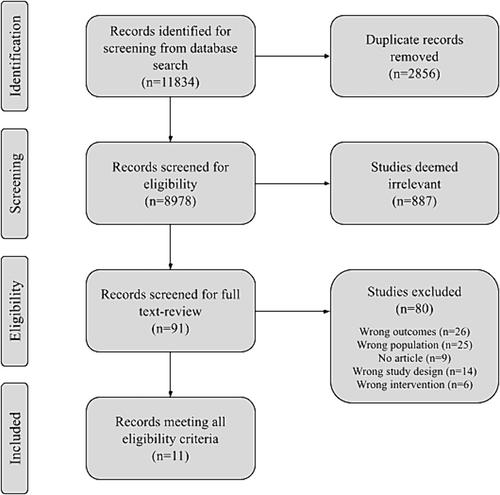Systematic review of educator behaviours associated with physical activity of early years children
Abstract
Background
Educators in early years settings influence children's physical activity (PA) levels through their pedagogical choices and behaviours. To date, minimal research has been conducted on the relationship between educator action and children's PA levels. The purpose of this systematic review was to understand which educator behaviours and actions in early years settings have been shown to engage children in PA.
Methods
Five online databases (Academic Search Complete, ERIC, SPORTDiscus, CINAHL Complete and PubMed) were searched for articles that showed an association between educator behaviour and the PA level of children between the ages of zero and eight.
Results
Eleven studies met all inclusion criteria, yet showed great variability in design and data collection methods. The risk of bias was assessed using previously published criteria adapted to this study and inline with the CONSORT statement. A binomial test on the data revealed a statistically significant deviation from chance expectation (p < .001) in relation to educator action influencing child PA. Ten of the studies focussed on educator PA, four studies highlighted the use of prompting and encouragement, three studies analysed broad statements of adult interaction, two studies called for planning activity sessions and discussions and two studies encouraged role modelling. The low number of studies included in the review and the high risk of bias indicates that caution with these results is needed.
Conclusions
While this review highlights the importance of educator PA (and other behaviours that had a positive association) on child PA level, it underscores the need for high-quality research to examine the relationship between educator actions and child PA. (PROSPERO registration: CRD42022338819).


 求助内容:
求助内容: 应助结果提醒方式:
应助结果提醒方式:


